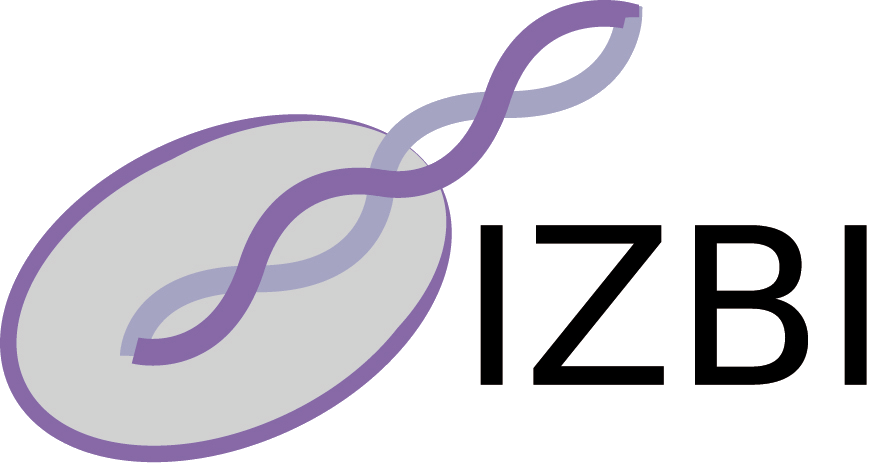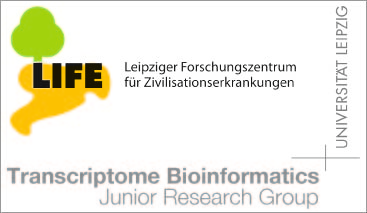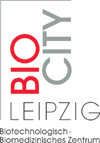Publications - Published papers
Please find below publications of our group. Currently, we list 565 papers. Some of the publications are in collaboration with the group of Sonja Prohaska and are also listed in the publication list for her individual group. Access to published papers ( ) is restricted to our local network and chosen collaborators.
If you have problems accessing electronic information, please let us know:
) is restricted to our local network and chosen collaborators.
If you have problems accessing electronic information, please let us know:
 ) is restricted to our local network and chosen collaborators.
If you have problems accessing electronic information, please let us know:
) is restricted to our local network and chosen collaborators.
If you have problems accessing electronic information, please let us know:©NOTICE: All papers are copyrighted by the authors; If you would like to use all or a portion of any paper, please contact the author.
The ancestor of modern Holozoa acquired the CCA-adding enzyme from Alphaproteobacteria by horizontal gene transfer
Heike Betat, Tobias Mede, Sandy Tretbar, Lydia Steiner, Peter F. Stadler, Mario Mörl, and Sonja J. Prohaska
Download
Status: Published
Nucleic Acids Res. 2015 Jun 27. pii: gkv631
Abstract
Transfer RNAs (tRNAs) require the absolutely conserved sequence motif CCA at their 3′-ends, representing the site of aminoacylation. In the majority of organisms, this trinucleotide sequence is not encoded in the genome and thus has to be added post-transcriptionally by the CCA-adding enzyme, a specialized nucleotidyltransferase. In eukaryotic genomes this ubiquitous and highly conserved enzyme family is usually represented by a single gene copy. Analysis of published sequence data allows us to pin down the unusual evolution of eukaryotic CCA-adding enzymes. We show that the CCA-adding enzymes of animals originated from a horizontal gene transfer event in the stem lineage of Holozoa, i.e. Metazoa (animals) and their unicellular relatives, the Choanozoa. The tRNA nucleotidyltransferase, acquired from an α-proteobacterium, replaced the ancestral enzyme in Metazoa. However, in Choanoflagellata, the group of Choanozoa that is closest to Metazoa, both the ancestral and the horizontally transferred CCA-adding enzymes have survived. Furthermore, our data refute a mitochondrial origin of the animal tRNA nucleotidyltransferases.
Keywords
keywords















